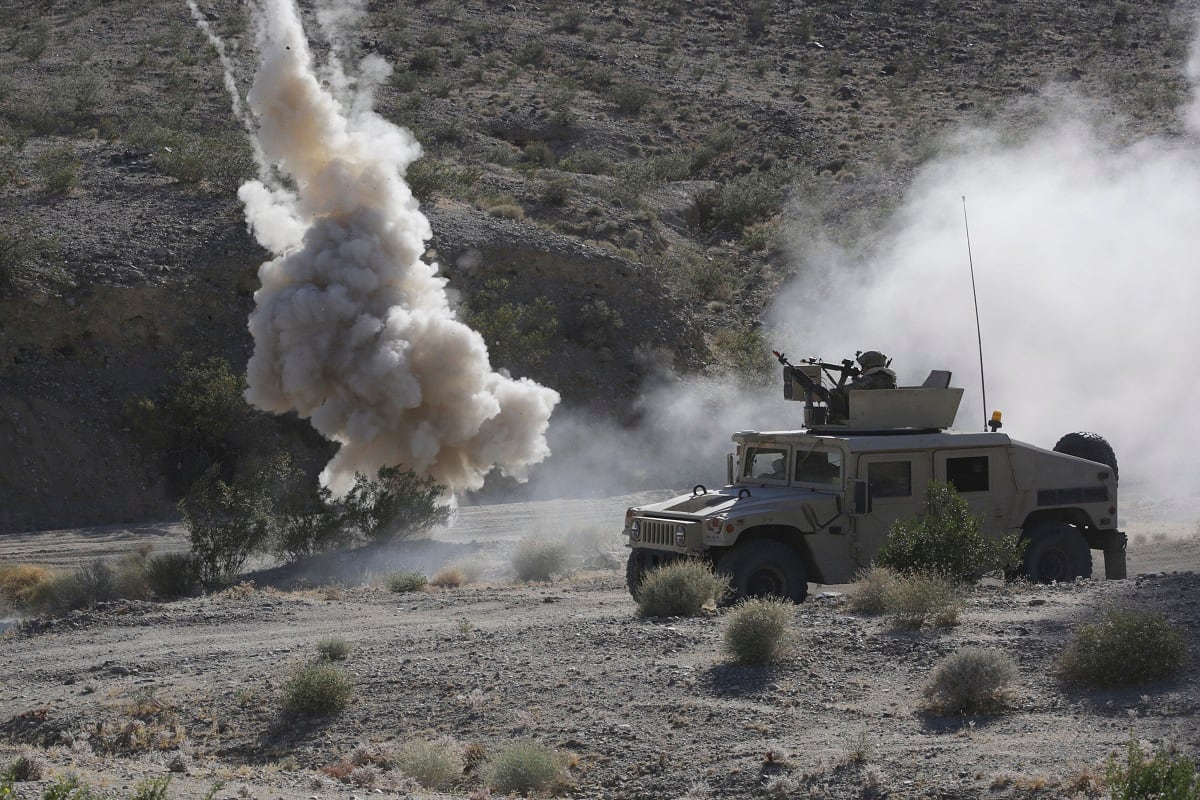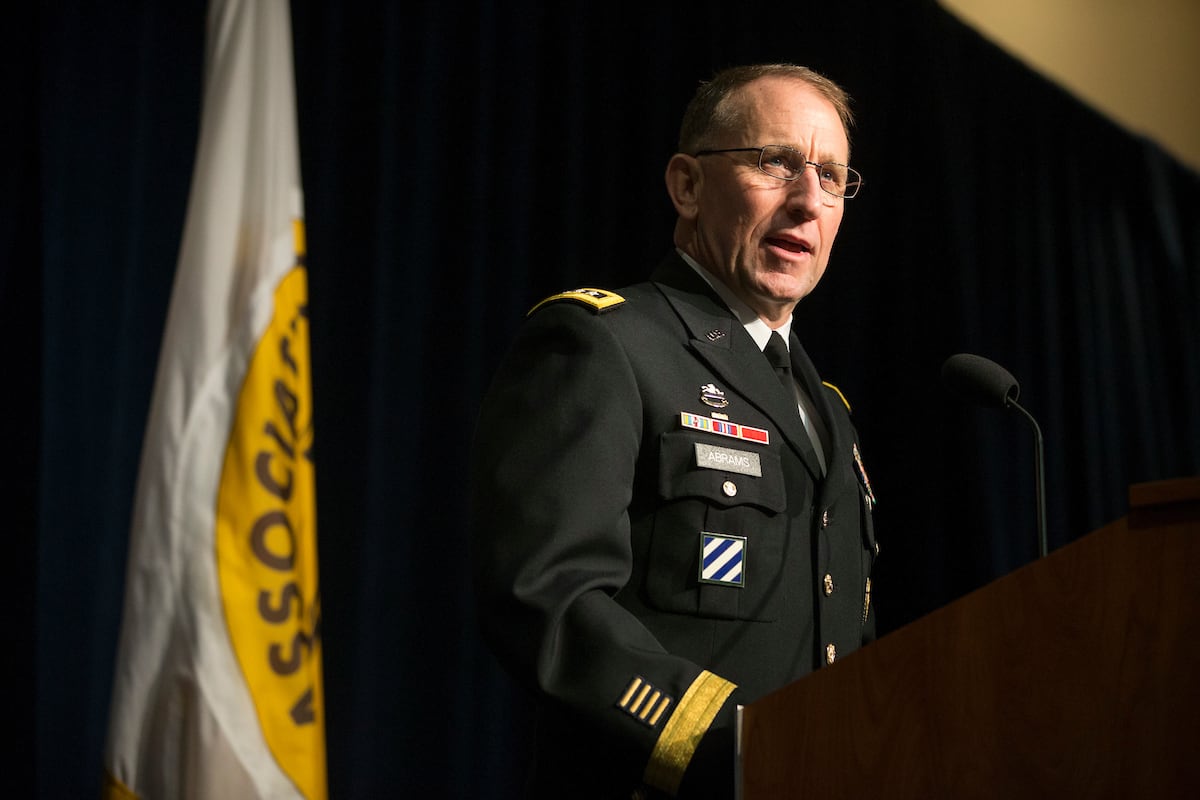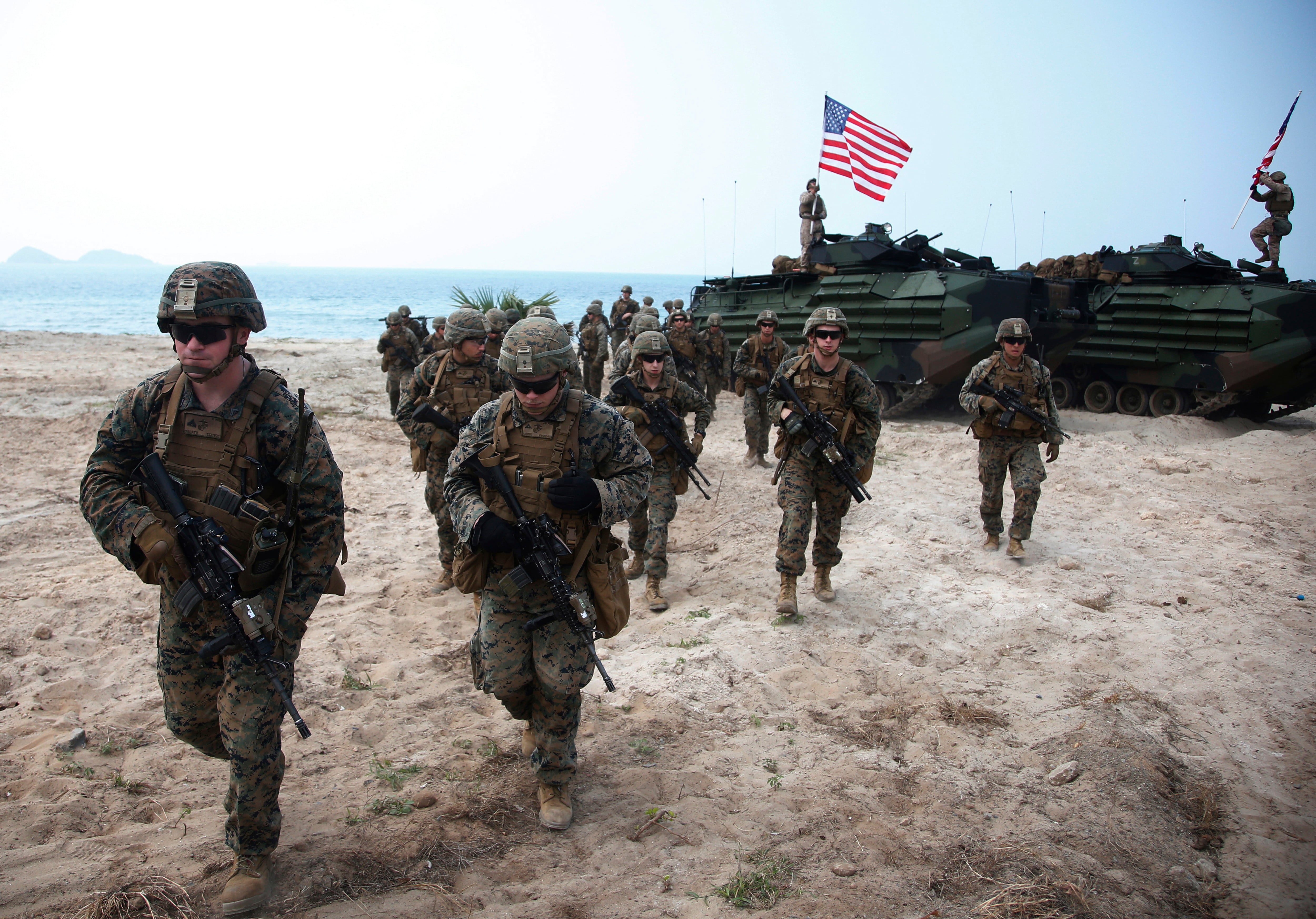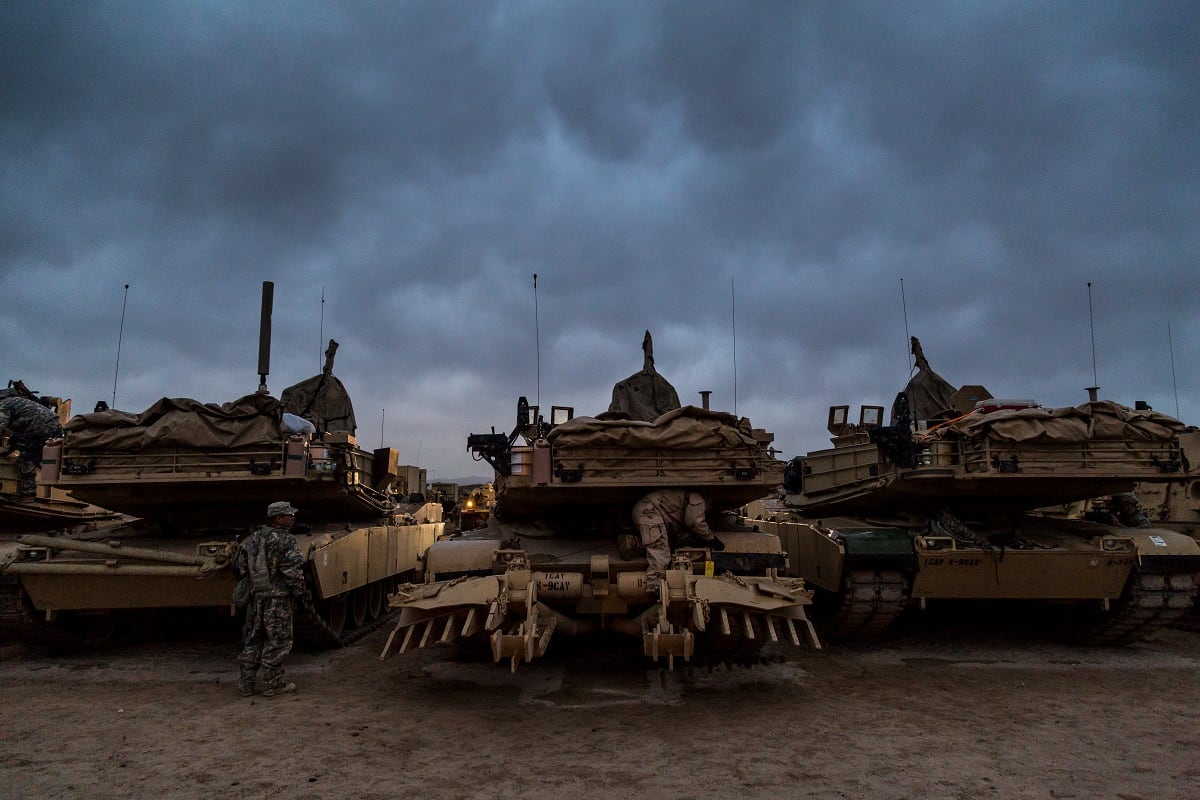The Army is making progress in its effort to give soldiers more time at home between missions, the outgoing commander of Army Forces Command told Army Times.
“We’re getting there, but we’re not there yet,” said Gen. Robert Abrams, who relinquished command of FORSCOM on Tuesday on his way to becoming the new commander of U.S. Forces-Korea.
The deploy to dwell ratio for the Army’s brigade combat teams averages about 1:1.5, Abrams said.
And as back to back deployments to Iraq and Afghanistan have slowed, rotational missions to places such as Europe, Korea and Kuwait have increased, along with training exercises and train, advise and assist missions all around the world.
This means the Army remains busy even though its war zone commitments have decreased, and the service has taken to measuring what it calls “time between missions” in an effort to ensure soldiers have enough time at home with their families and to reset.
“Time between missions” applies to units returning from combat deployments as well as those who are coming home from non-combat, rotational missions in places such as Germany or Korea.
Depending on the type of brigade, “time between missions” for FORSCOM brigades averages 15 to 20 months, officials said. Combat aviation brigades have seen their “time between missions” increase from 16 months in 2015 to 20 months in 2018.
During this non-mission time, units still conduct training at home or at the combat training centers and continue to prepare for potential contingencies, officials said.
The Army will continue to improve on those numbers, Abrams said, even as it works to rebuild its readiness.
“Fundamentally, if we’re not building readiness, if it’s not increasing the lethality of the force, then every leader is empowered to ask the question, ‘Why are we doing it?’ “ he said.
As he looks back on his three-year tenure as commander of FORSCOM, the Army’s largest command, Abrams said he can see and measure the improvements the Army has made in rebuilding its brigade combat teams’ readiness to fight.
“We have seen monumental gains in every measurable area of readiness that we have,” he said. “We have reams of statistics on measures of performance and measures of effectiveness.”
RELATED

For example, Abrams said, when he arrived at FORSCOM, just one of the Army’s BCTs was ready to fight. He declined to provide specific numbers, but said, “today, we are a lot more than one. We’ve got a significant number.”
Forces Command also has reduced its number of non-deployable soldiers from 17.9 percent three years ago to just over 8.5 percent today, Abrams said.
And the command has gotten rid of, transferred or moved more than 700,000 pieces of equipment — from bayonets to Medium Tactical Vehicles — that was outdated, no longer needed or residing in the wrong units, he said.
“It’s phenomenal the work that has been done, putting the right equipment in the right supply rooms and the right motor pools,” Abrams said.

The Army continues to build on its combat training center rotations, including setting aside four for Army National Guard BCTs — two each at the National Training Center at Fort Irwin, California, and the Joint Readiness Training Center at Fort Polk, Louisiana — this year.
“It’s been a huge boost to training for the Army National Guard,” Abrams said. “Some of our Guard infantry BCTs hadn’t been to a JRTC rotation for more than a decade.”
Another key training exercise FORSCOM has been using is the emergency deployment readiness exercise, or EDRE.
“We started with one, we’re up to four now … that we do no-notice,” Abrams said. “We’ve actually figured out how to do it and keep a secret.”
Abrams said all of the work FORSCOM has done is designed to make sure units are “ready all the time, not just for your next rotational mission.”
“We’re in a much, much better place,” he said.
RELATED

Moving forward, Abrams said his successor will have to make sure FORSCOM and its units are properly funded.
“The Bipartisan Budget Agreement only goes through ’19, and we’re sort of back to square one in ’20,” he said. “My advice would be we’ve got to keep our foot on the gas and keep making good use of the resources we were given to maximize the readiness of the formations.”
FORSCOM also will have to continue to contend with the volatility around the world, Abrams said.
“When I got here in ’15, no one would have predicted a lot of the things going on in the world today,” he said.
As he moves into his new role in Korea, one of the most unpredictable regions in the world, Abrams, who is active on Twitter, said he hopes to continue to maintain a strong presence on social media.
“There are a lot of reasons for senior leaders to be on social media,” he said. “I get to hear what’s on people’s minds without going through any filter.”
Abrams said he’s grateful for the opportunity to lead FORSCOM.
“I got to spend the vast majority of my time with soldiers,” he said. “It’s been an incredible honor.”
Michelle Tan is the editor of Army Times and Air Force Times. She has covered the military for Military Times since 2005, and has embedded with U.S. troops in Iraq, Afghanistan, Kuwait, Haiti, Gabon and the Horn of Africa.




